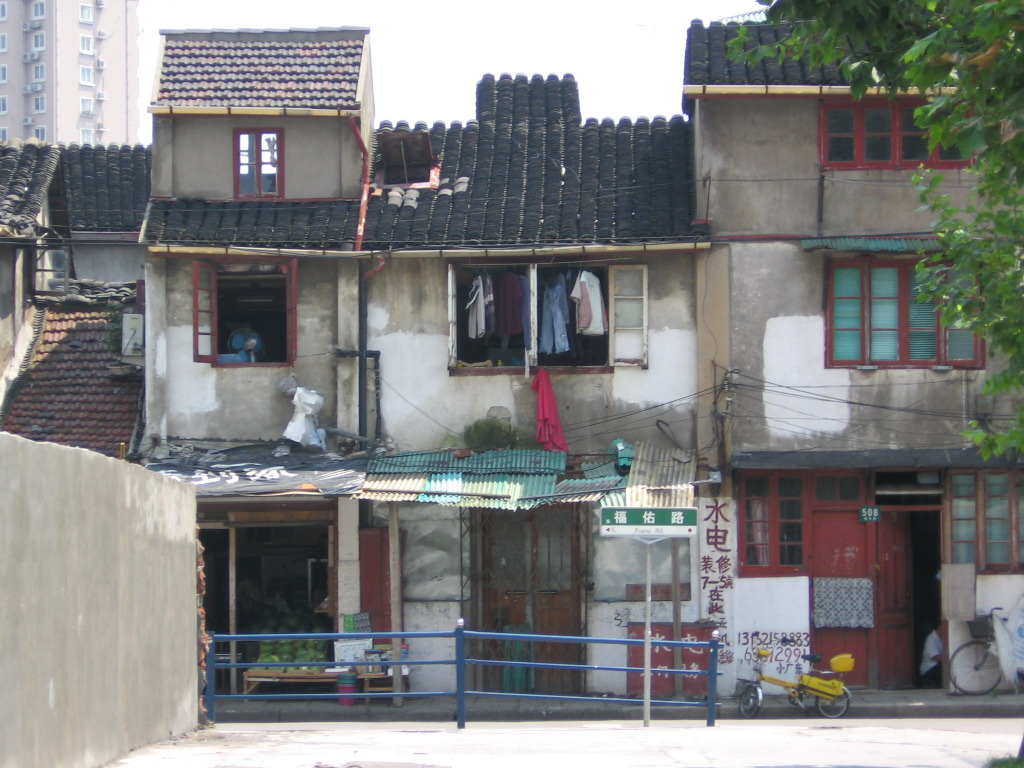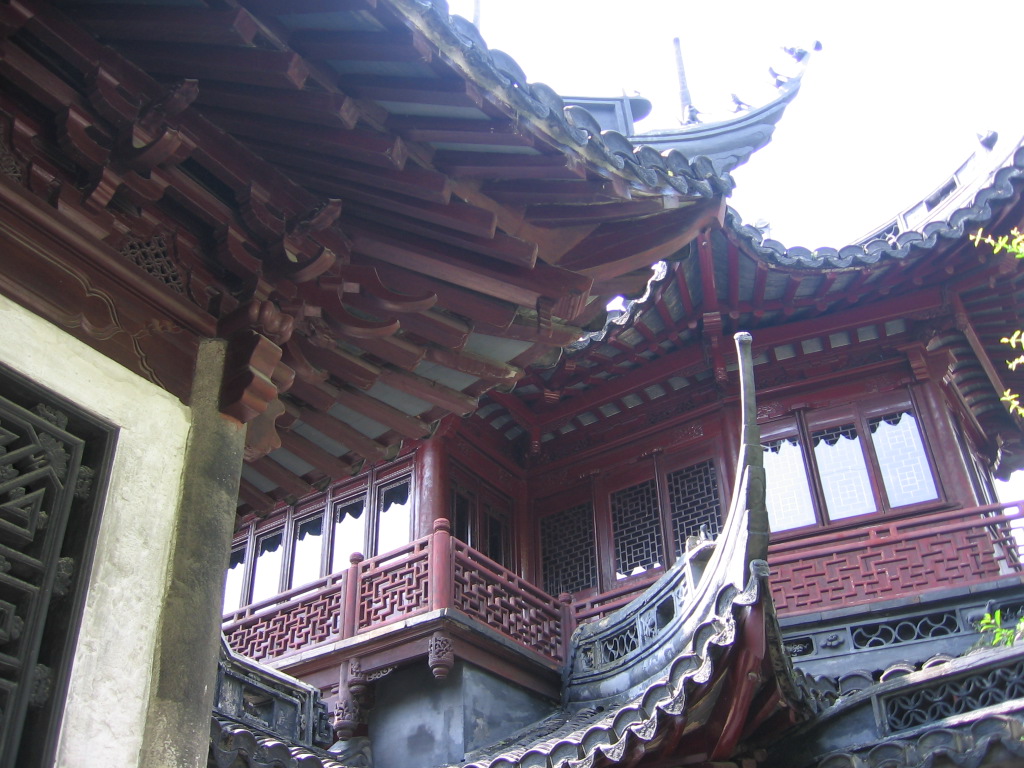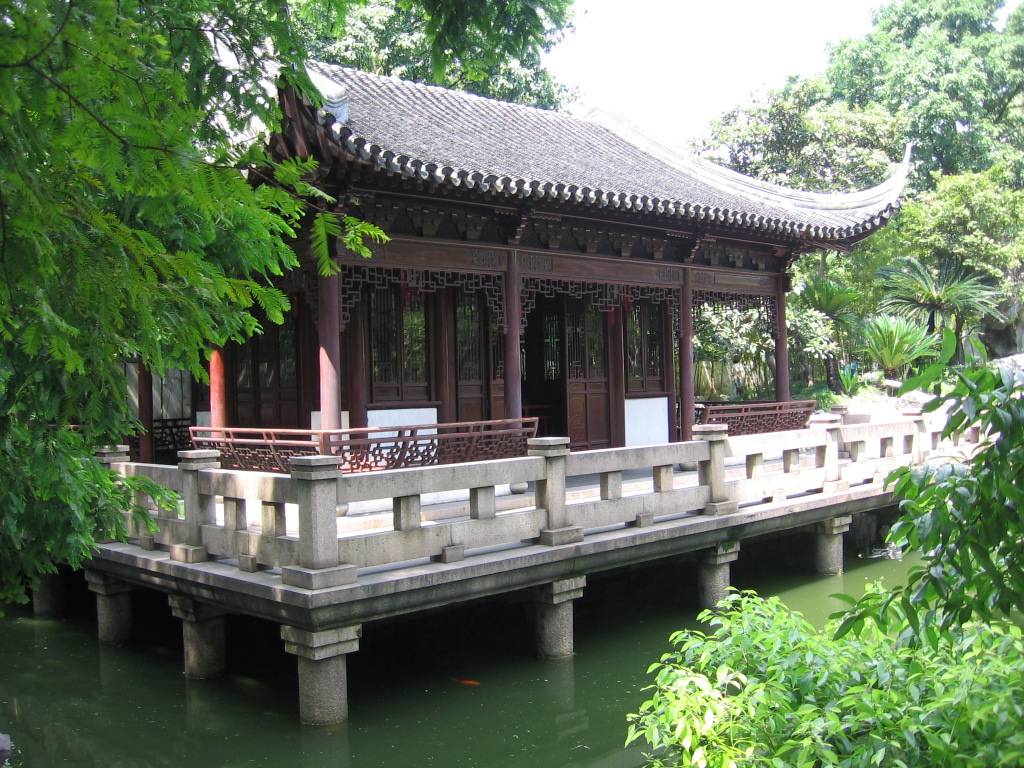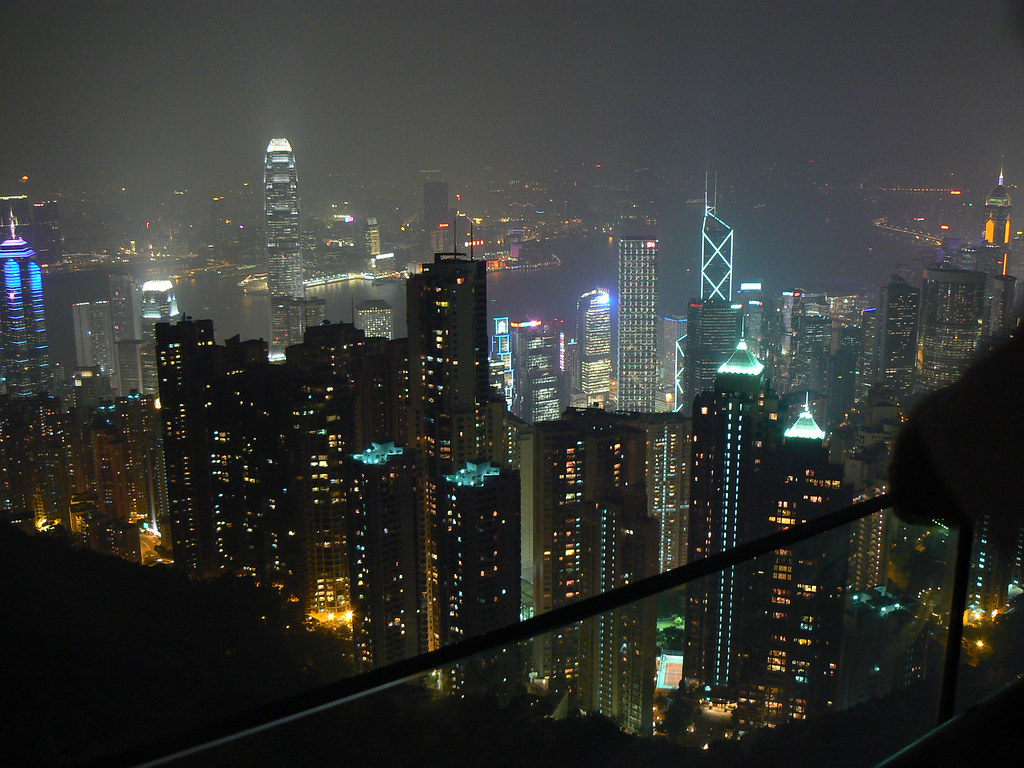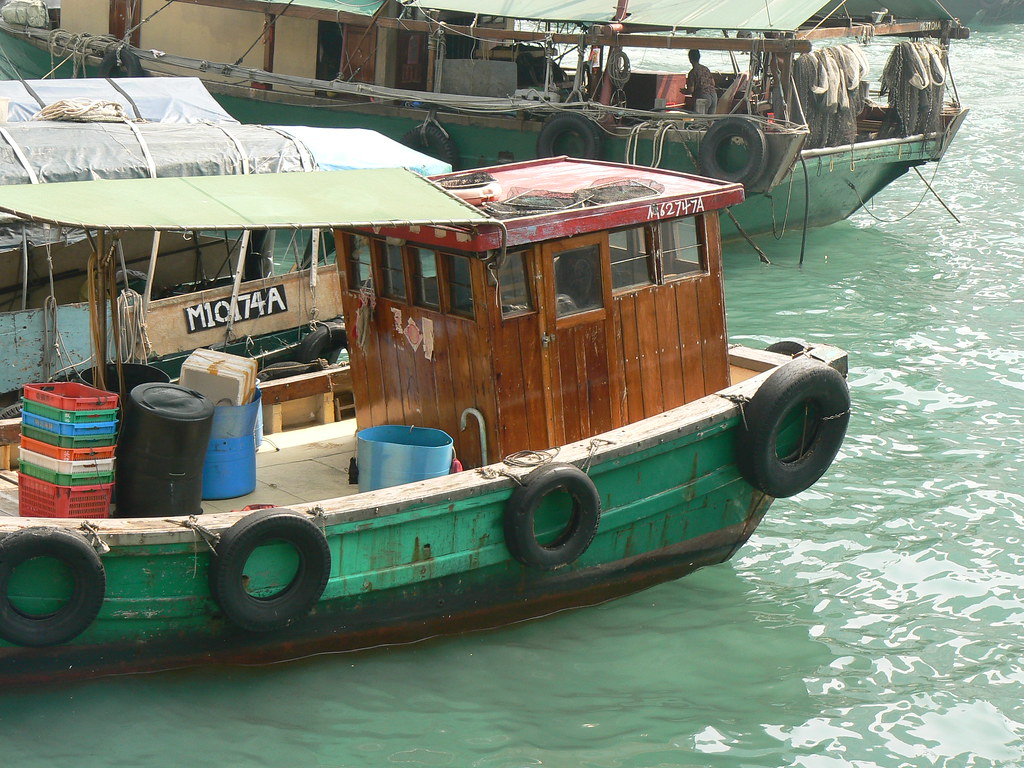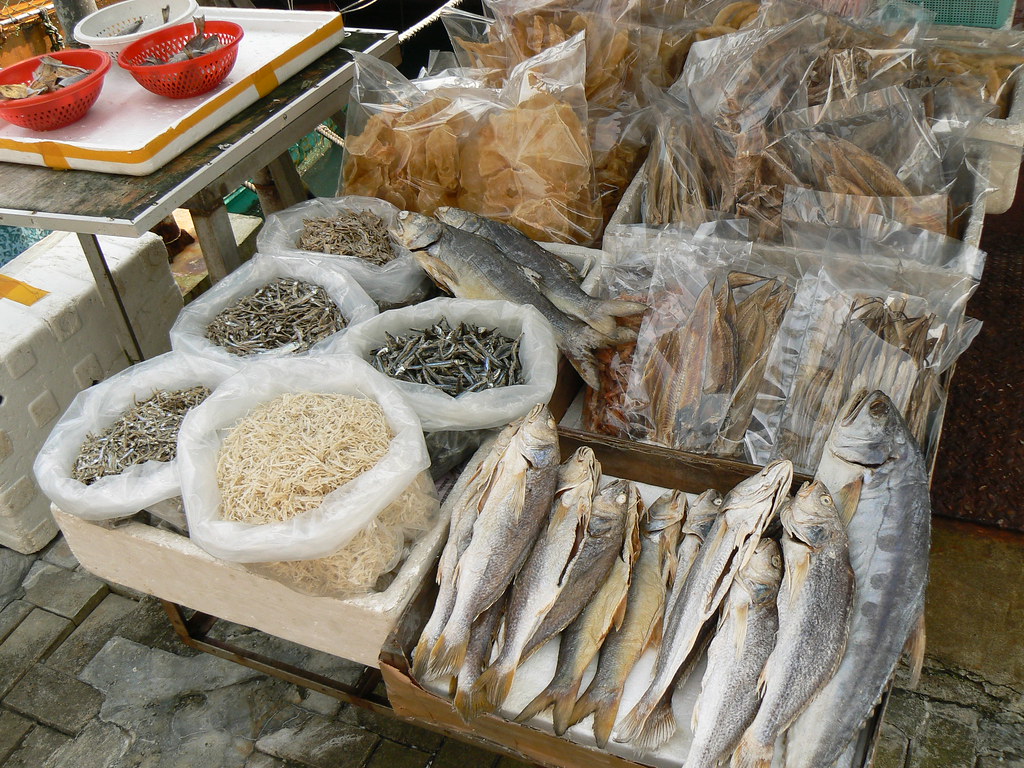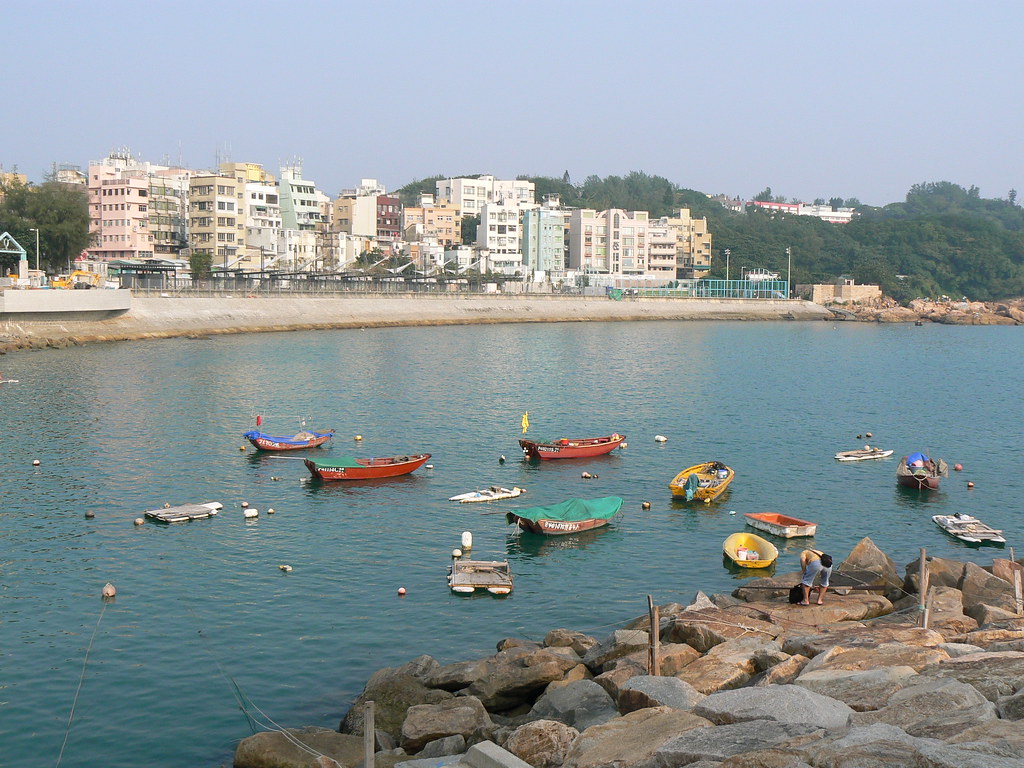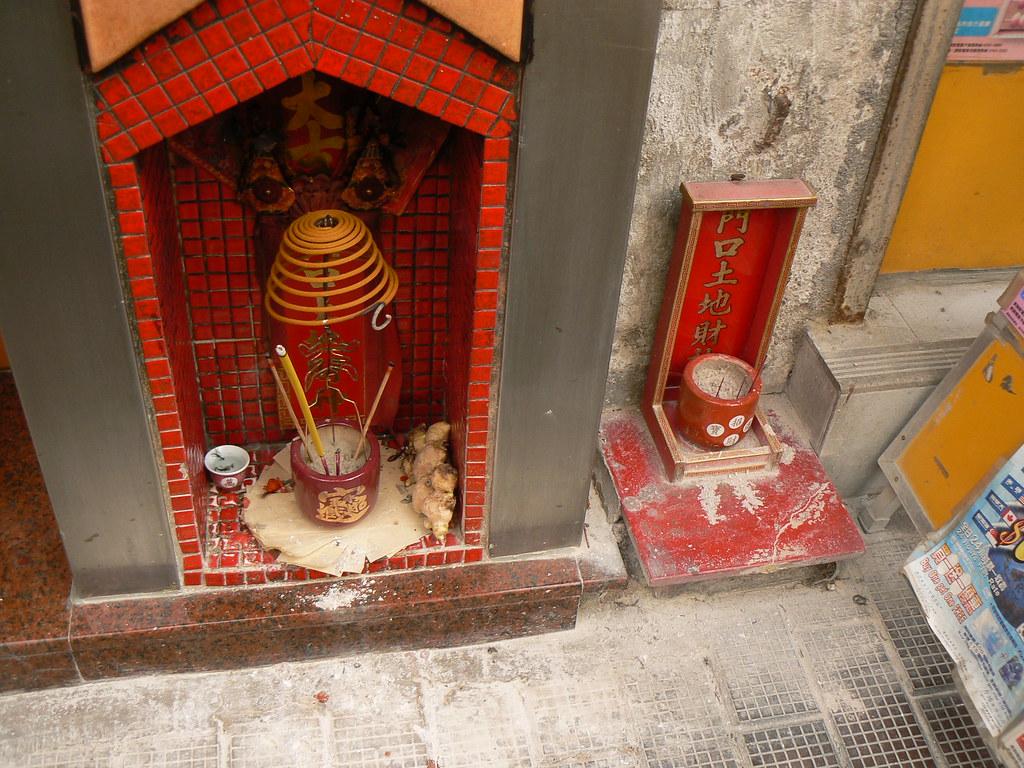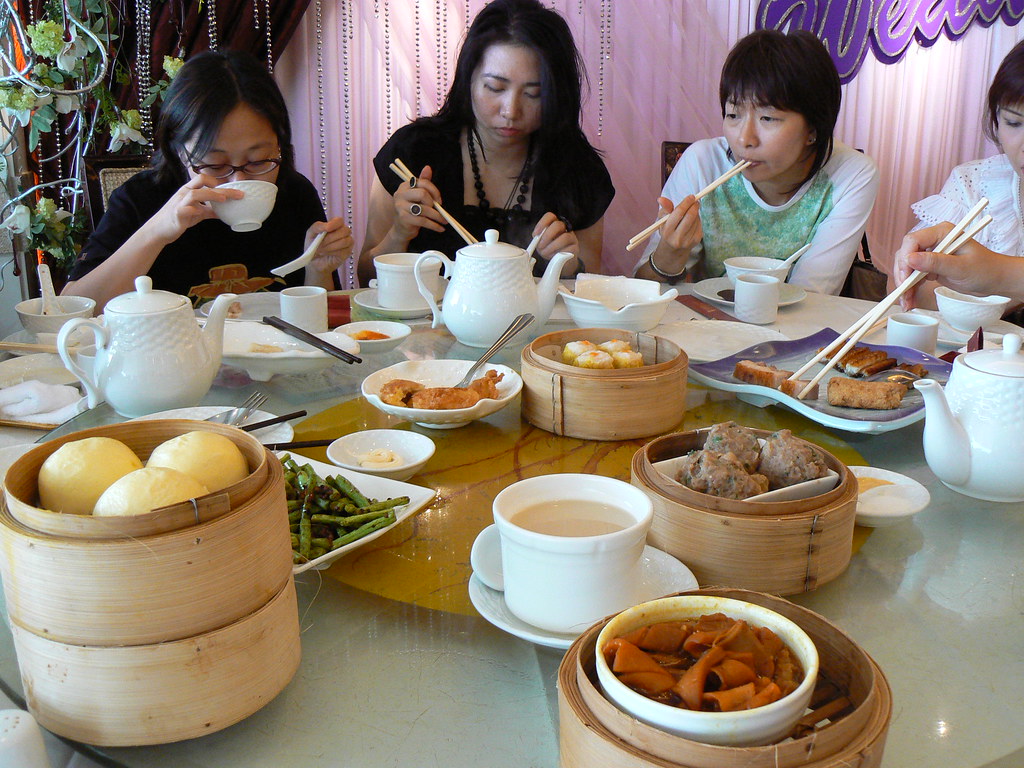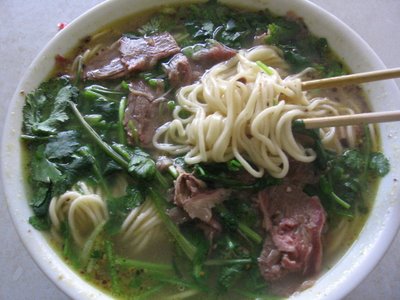
More directly, the old city center had a definite Iberian look to it. While the current population is only 2% Portugese people, the buildings are definitely in a mixed style, and a lot of the civic buildings, and historical buildings, look straight Portugese. Macau is also the only place I've seen haole kids, speaking Chinese - I noticed it a few times. In the PRC there's no native white population, in Hong Kong everyone's speaking English anyway.

This tourist center was anchored by the remnants of a cathedral which burnt down more than 150 years ago. Only the facade remains. If you zoom in on the above picture, you can see 9 headed dragons, skeletons relaxing, saints being tortured, and so forth.

The food! I'm a big fan of both Portuguese and Macanese food. While I wasn't in Macau for very long, I'll admit I ate more than my fair share, and I was very impressed. First was a simple Portugese place I ran across, Restaurante Escada. Nothing amazing, but very solid and delicious. It was in a charming building in a charming little alley:

The street food was also out in force, with a lot of places giving away a sample of the food they were selling.

I also had one of Macau's famous pork chop sandwiches from a chain store, along with an iced and sweetened ginger tea. You can see a lady holding up a plastic tray as I took the picture. She thought this was the funniest thing, and laughed for a long time afterward. In general I found the shopkeepers, workers, and people I ran into on the street, all to be extremely friendly in Macau.


There were some beautiful parks I wandered around, very well maintained and well used, with lots of plants and statues. This one was located on a hillside looking over the city, and you got the panoramic view of what was going on below, as well as a good spying position on some old men, sitting around and playing cards:


As with Hong Kong, it seemed like not only did every single store have its own miniature shrine, there were also a lot of shrines located in alleyways, at parks, around the corner where you can't really see it, etc. A friend tried praying at one, I haven't heard yet if it helped.

It's really not my thing, but I'd be amiss to not at least mention gambling in Macau. Most of Asia doesn't allow Casino type gambling, while Macau does. For the last few years, Macau has been in a mini economic boom, partly driven by an influx of Vegas-branded casinos. We wandered past casino after casino which looked like it was just about ready to open, and the Sands opened not too long ago.

